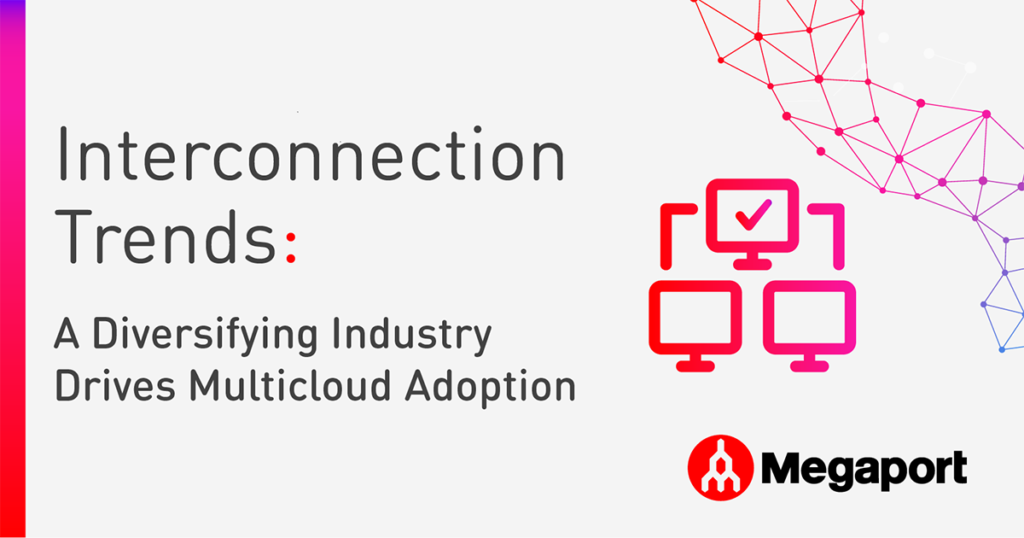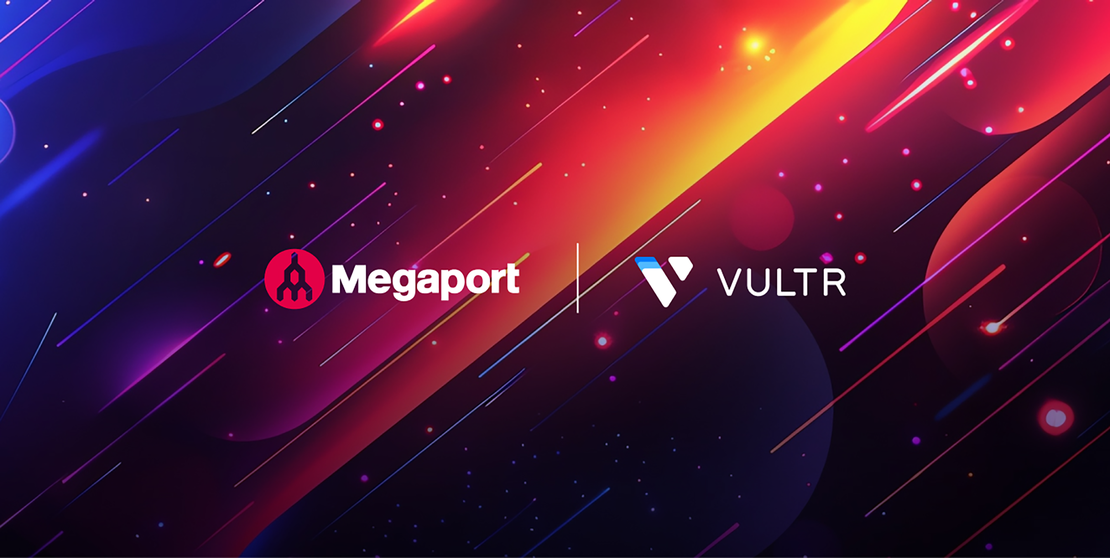
Interconnection Trends: A Diversifying Industry Drives Multicloud Adoption
- November 13, 2019
- RSS Feed
Most businesses now use two or more cloud providers, shifting away from single-vendor solutions and putting more importance on interconnectivity than ever before.
To make the most of what’s on offer in the cloud, you can’t afford to tie yourself down to one provider.
That’s the sentiment that’s driving widespread multicloud adoption across industries. As organisations mature in the way they use cloud services, more and more are realising that getting locked-in to a single vendor is more likely to hinder than help.
The cloud industry is diversifying, and with every new vendor that joins the fray, the options get more fragmented. But far from representing a negative for organisations, having a range of services and providers to choose from could be key to long-term success.
Organisations that pick and choose the platforms and applications best-suited to their needs from a variety of vendors will naturally be more successful. But these decisions have to be based on a careful strategic approach to ensure you’re matching your objectives with the technologies that offer you the best chance to meet them.
**The shadow IT opportunity
**
Really, multicloud infrastructures are nothing new. The truth is, most organisations are already operating in a multicloud environment – even if they haven’t realised it yet.
Far from having a formalised strategy – which is the ideal way to approach multicloud adoption – many organisations are finding themselves accidentally working with different cloud services thanks to shadow IT. If you’re not providing the right tools and capabilities your people need to work effectively, they’re going to find their own workarounds to make their lives easier.
From an employee perspective, being able to just pick and choose whatever service works for you couldn’t be better. But without full oversight of who’s using what, integration and governance is a management nightmare. There needs to be a strategic backdrop to maintain security and visibility.
But shadow IT is an opportunity, too. What better way to understand which cloud options will help your people than by taking note of the solutions they’ve found for themselves?
The good thing about multicloud is you can still offer your people the diversity and flexibility they’ve previously had to go looking for elsewhere – but on your terms, through preferred vendors and secure channels.
**Connecting multiple clouds
**
Whether they’re doing it on purpose or not, many organisations are already using as many as six different cloud services within their infrastructure.
According to Gartner, 81% of businesses are using two or more providers. In 2018, we saw a 114% increase in the number of customers using our services to connect to multiple cloud providers – this is a very real development in cloud connectivity. That shift away from single-vendor cloud solutions can, in turn, put more pressure on an organisation’s network.
The connectivity structure you use needs to be both powerful enough and flexible enough to integrate and communicate with different services from different vendors. And it needs to do this without making your environment too bulky or complicated.
You can learn more about how to create a multicloud connectivity strategy in our quick guide.
Learn more
This is just one of seven key interconnection trends we’ve identified – and we’re tracking its progress throughout this year and beyond. Read our guide to the industry’s top interconnection trends to learn about the rest.





